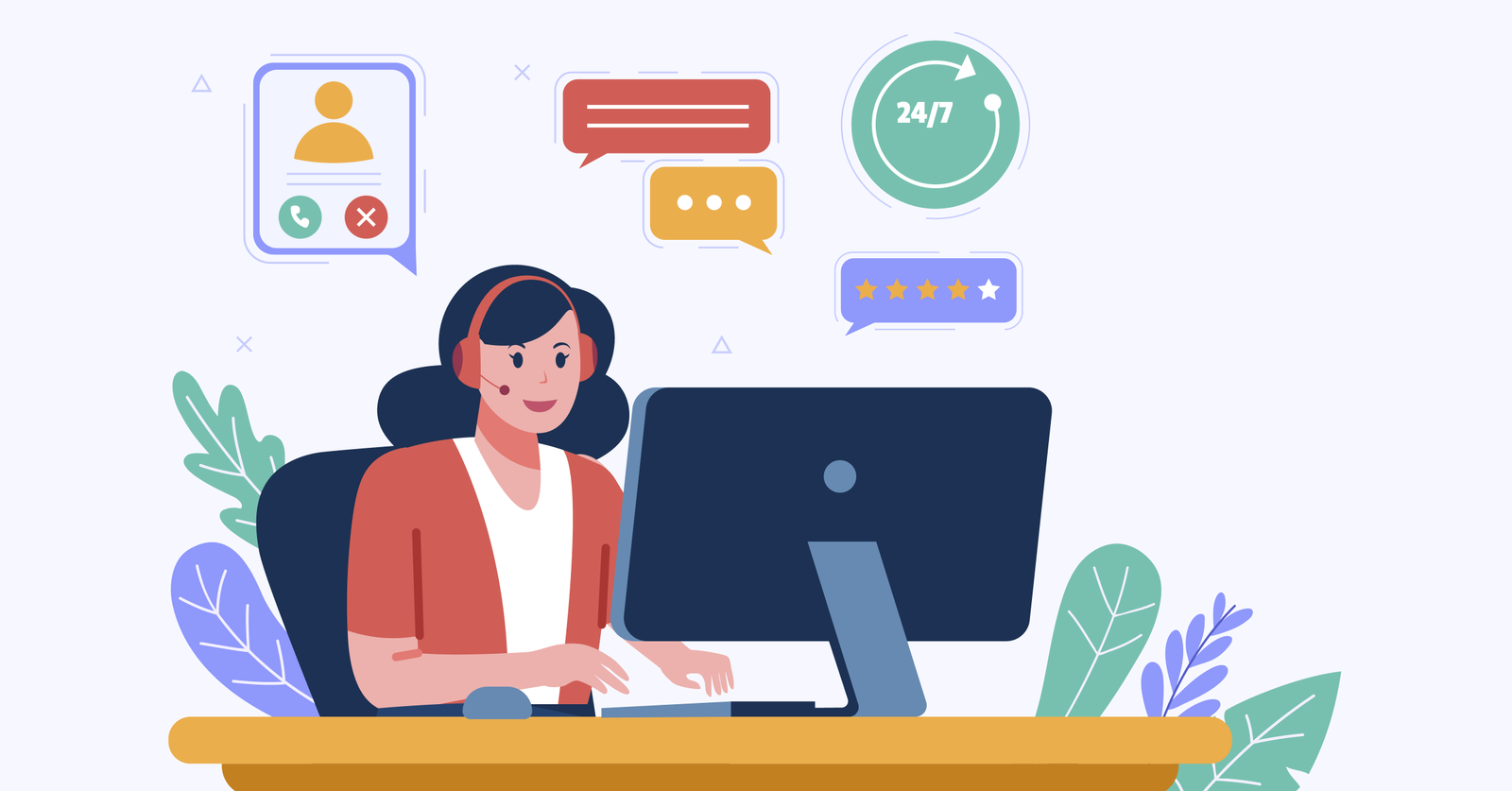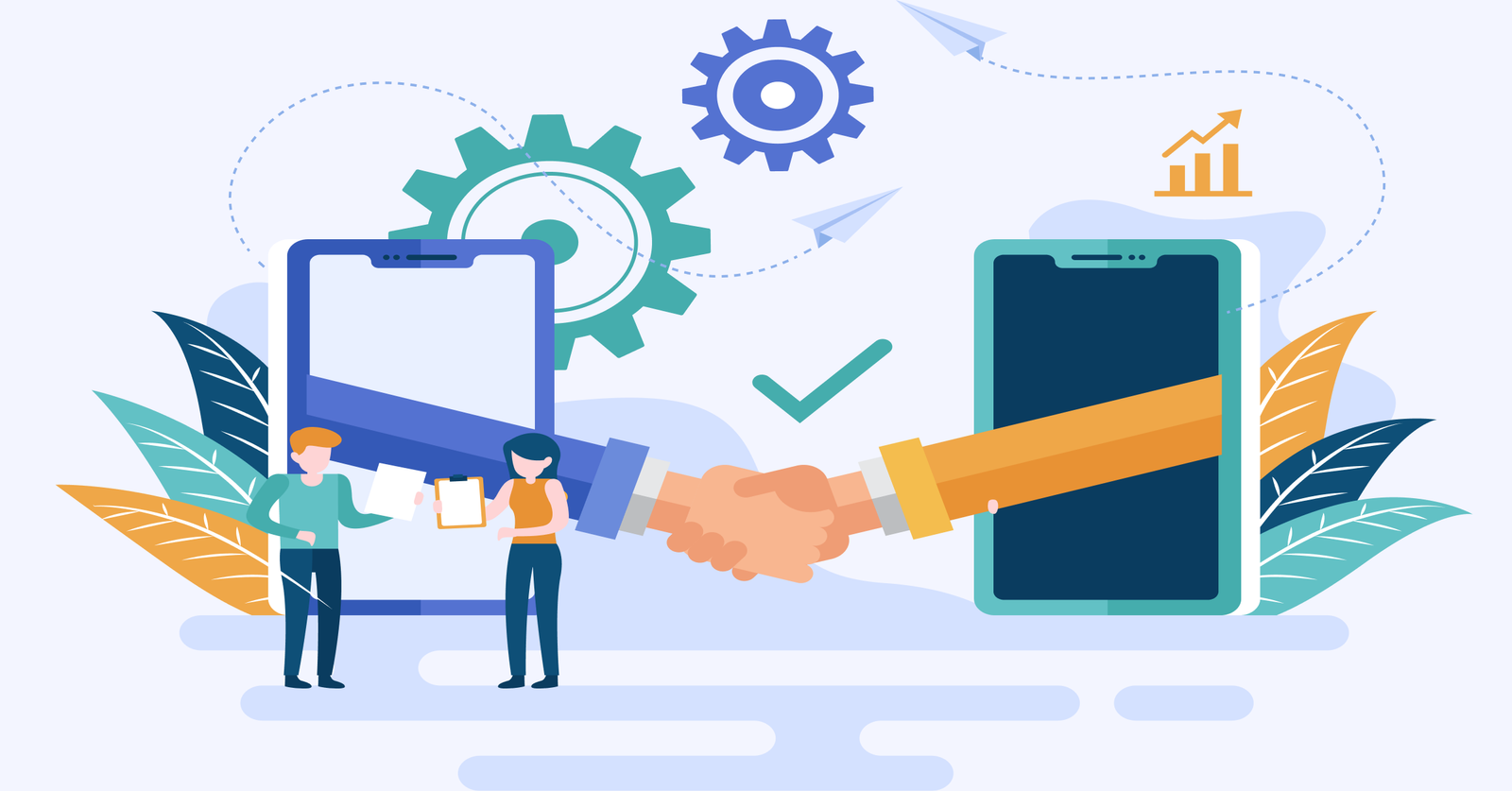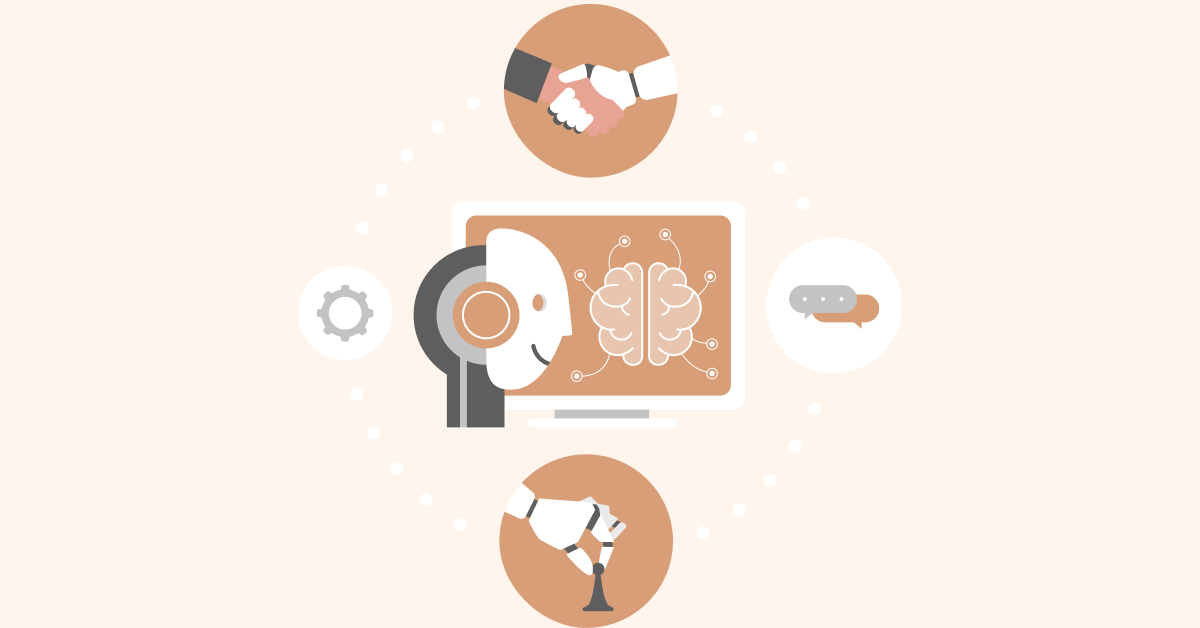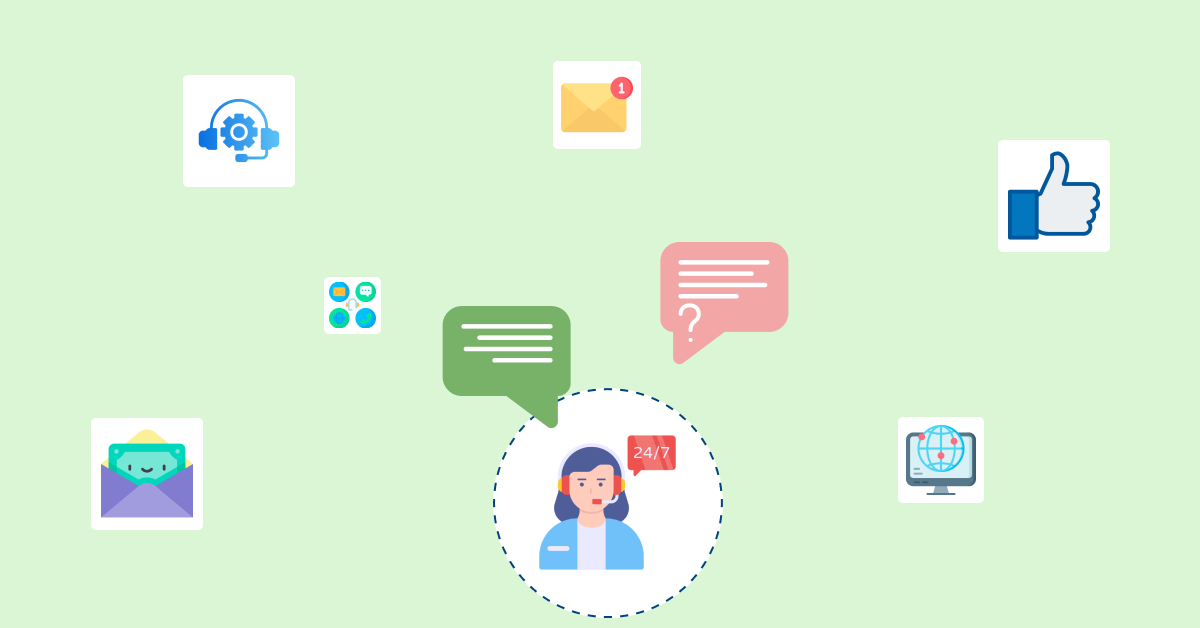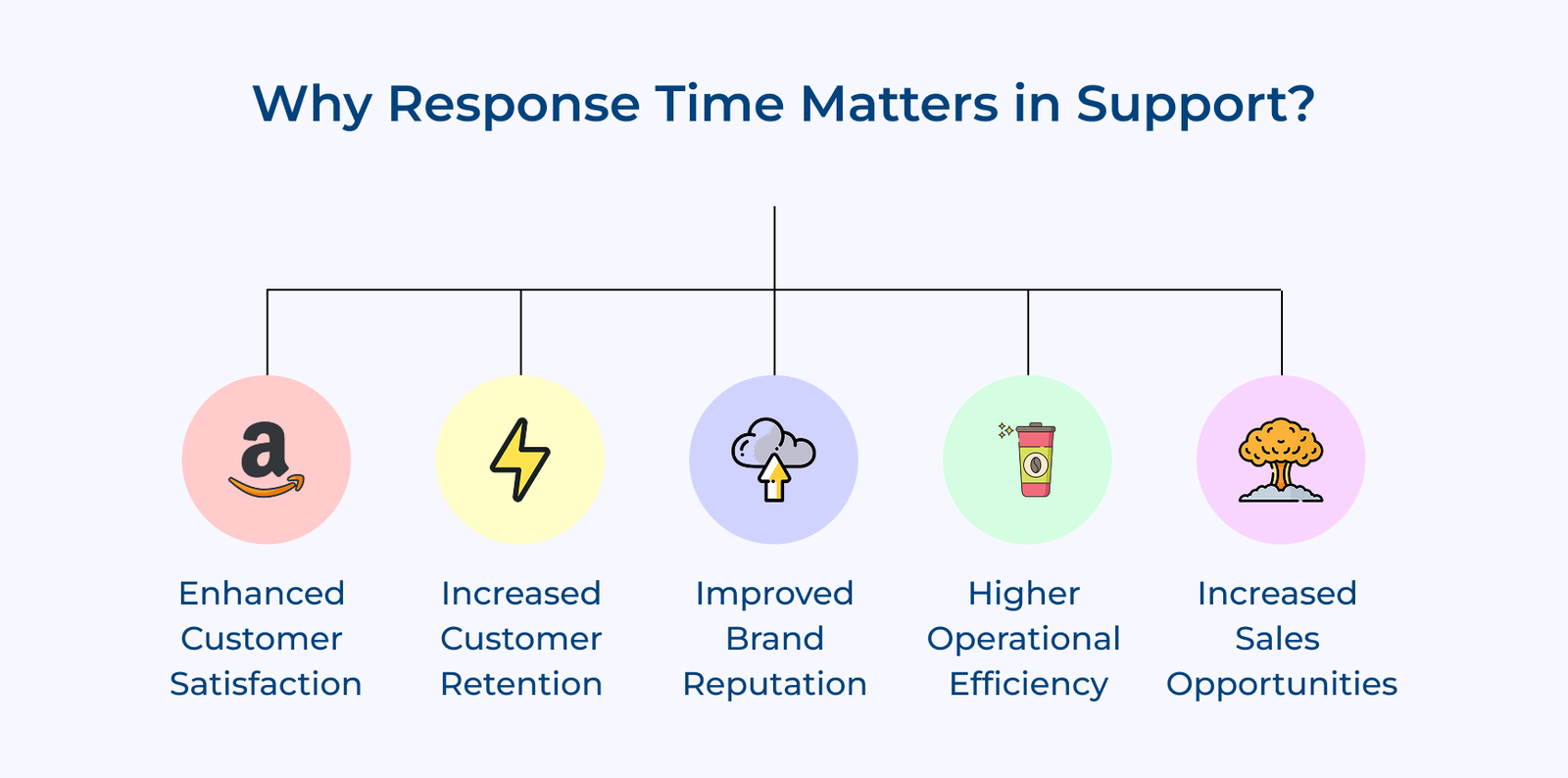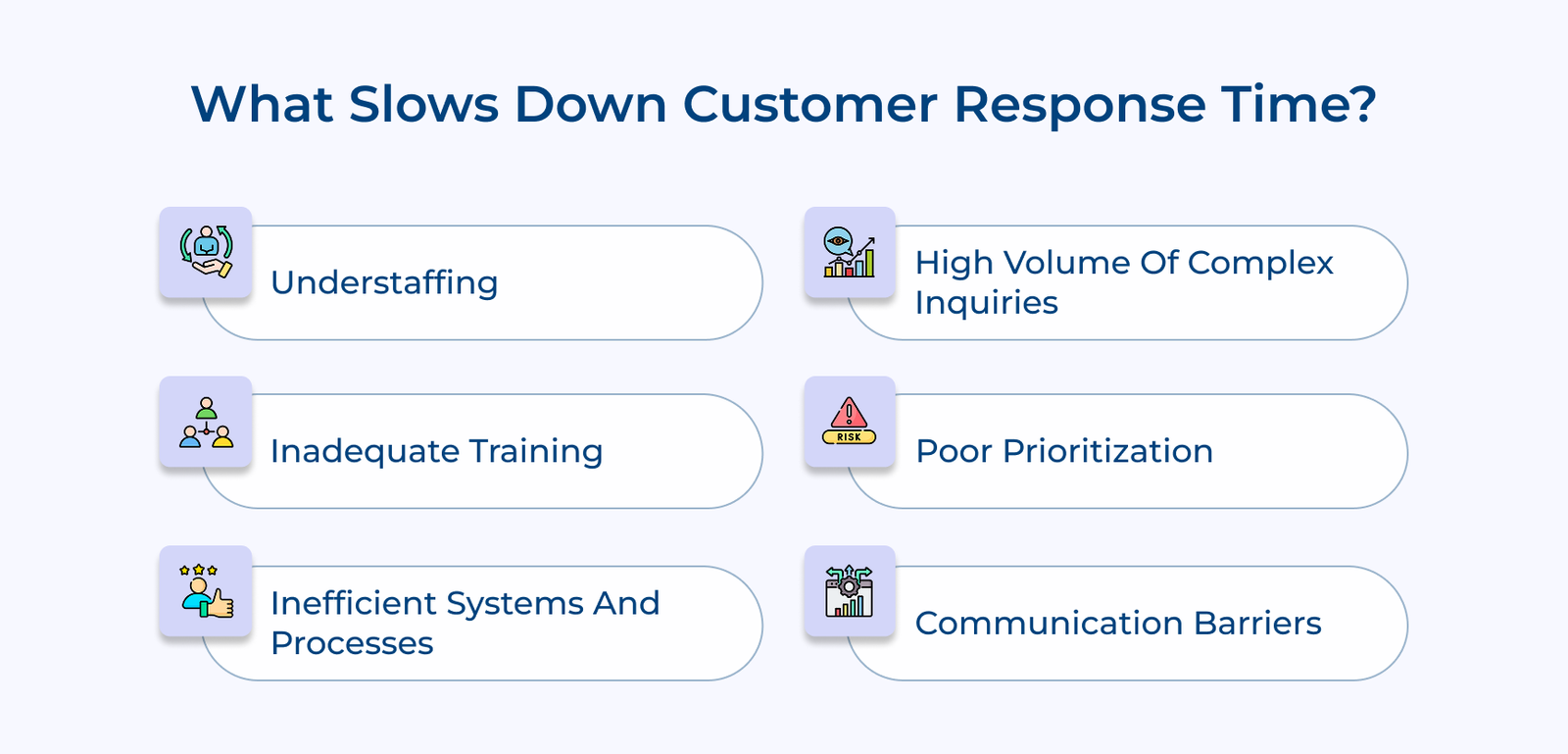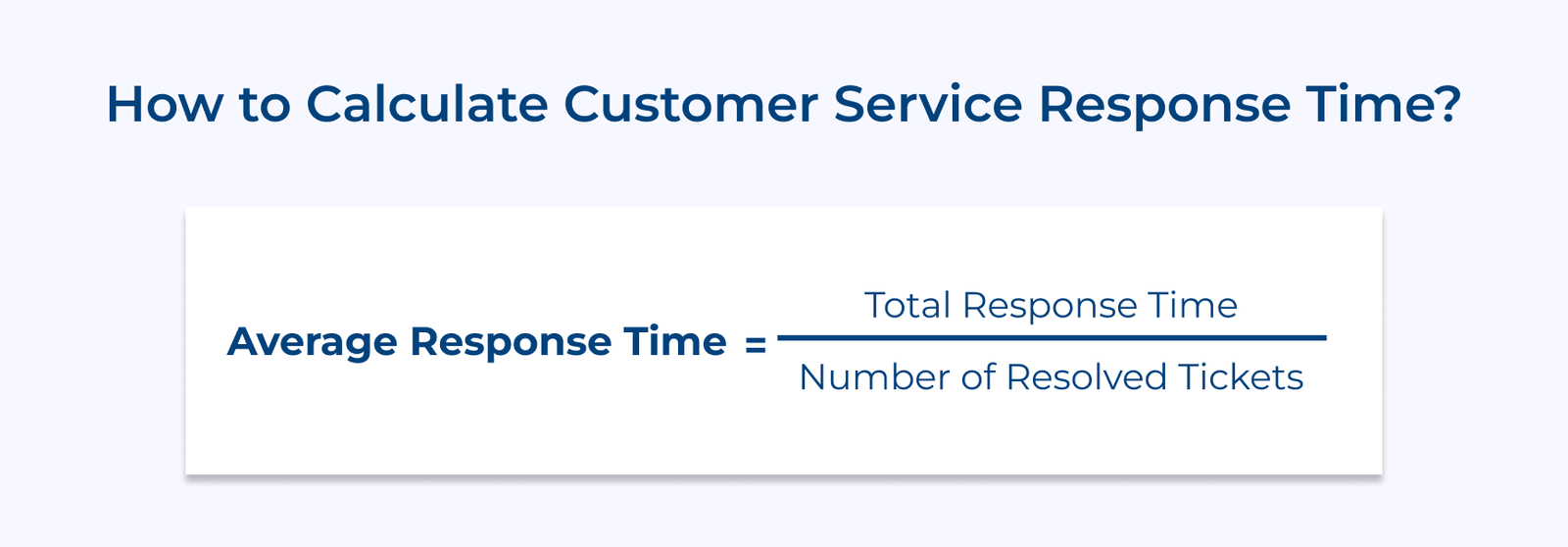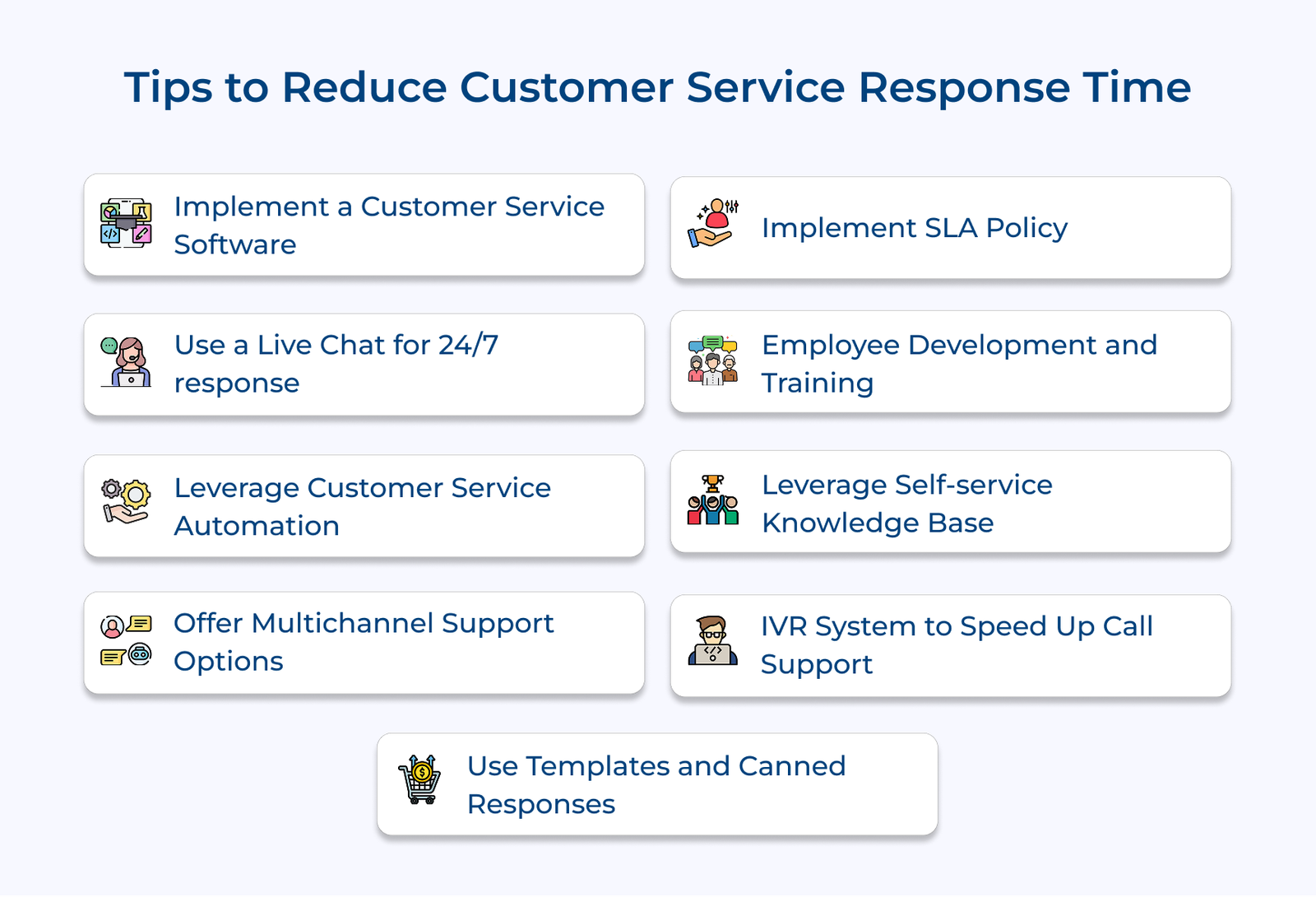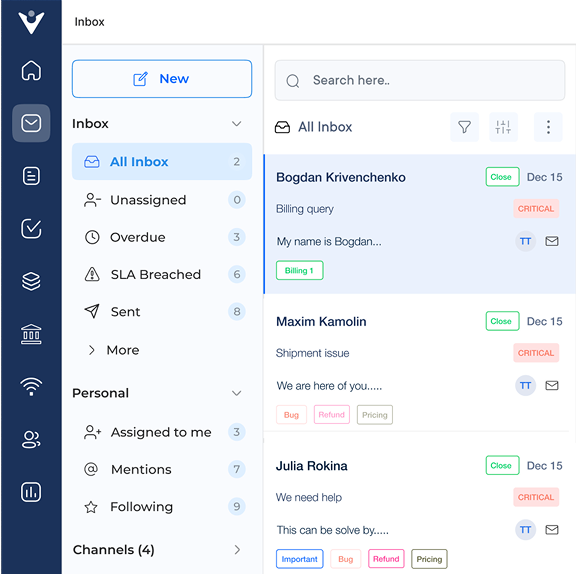1. Implement Customer Service Software
Dedicated customer service software brings numerous advantages, such as centralized communication, automated ticket routing and performance tracking. The tools enhance efficiency and cut response times. Key features to consider include multi-channel integration, customizable workflows and robust reporting.
Popular options like Zendesk, Freshdesk and Intercom cater to various business sizes, helping companies deliver more responsive support to their customers.
Pro tips:
- Start with a comprehensive needs assessment to pinpoint the essential features your business requires before selecting software.
- Ensure successful adoption by investing in thorough staff training and maximizing the software’s capabilities.
- Regularly optimize your setup using user feedback and performance data to continually enhance your support processes.
2. Use Live Chat for 24/7 Support
Live chat delivers instant assistance, dramatically cutting wait times and boosting customer satisfaction. Support agents can manage multiple inquiries at once, enhancing efficiency and productivity. Proactive live chat engagement helps address potential issues before they escalate. 63% of consumers prefer live chat as a channel of support communication.
Businesses create a seamless customer experience by integrating live chat with other support channels. It enables easy escalation of complex issues to phone or email support while maintaining context, ensuring consistent and efficient problem resolution across all touchpoints.
Best practices:
- Position chat widgets on high-traffic pages and key moments in the customer journey to boost engagement.
- Create a robust knowledge base for chat agents, enabling them to provide quick and accurate responses to common questions.
- Implement chatbot integration for after-hours support and to handle basic inquiries, freeing up human agents for more complex issues.
3. Add Customer Service Automation With Chatbots
Chatbots are vital for cutting customer support response times and offering instant, 24/7 assistance for common queries. They efficiently tackle tasks like answering FAQs and guiding users through basic troubleshooting, allowing human agents to focus on more complex issues.
Balancing automation with the human touch is important. Chatbots should smoothly escalate inquiries to human agents for intricate or sensitive matters, ensuring customers receive the right level of support when needed.
Pro tip:
- Begin by focusing your chatbot on the most common and straightforward customer queries to ensure high accuracy.
- Regularly analyze interactions to pinpoint areas for improvement and gradually expand its capabilities.
- Establish clear escalation paths to human agents for complex issues, ensuring a seamless transition and maintaining customer satisfaction.
4. Offer Multichannel Customer Support Options
Customers want to connect through their preferred platforms—be it social media, email, phone or messaging apps. Businesses can meet various customer preferences and reduce response times across all touchpoints by providing multichannel support.
Key channels to consider include email, phone, live chat, social media and self-service portals. Consistency across the platforms is crucial for maintaining a cohesive brand voice, necessitating coordinated training, knowledge management and technology integration.
Pro tips:
- Conduct customer surveys to pinpoint your audience’s preferred communication channels.
- Implement an omnichannel support platform to centralize interactions, ensuring consistent service quality across all touchpoints.
- Develop channel-specific best practices and guidelines to maintain a unified brand voice while adapting to each platform’s unique characteristics.
5. Use Templates and Canned Responses
Pre-written responses enhance customer service by speeding up reply times, ensuring consistent messaging and reducing agent fatigue. Support teams can swiftly and accurately resolve customer issues while maintaining professionalism by preparing answers for common queries.
Identify frequently asked questions, craft clear responses and regularly update them based on feedback. Customize the canned responses with a personal touch to keep interactions personable.
Actionable tips:
- Analyze support tickets to pinpoint common inquiries and prioritize the creation of templates for the issues.
- Train agents to effectively personalize templates, incorporating relevant details and context into each response.
- Regularly update templates based on customer feedback, product changes and new trends to keep them relevant.
6. Implement Service Level Agreement (SLA) Policy
Service Level Agreements (SLAs) establish clear expectations for response and resolution times, helping prioritize issues. The agreements are crucial for enhancing customer satisfaction and streamlining support operations.
Essential metrics to include in SLAs are first response time, resolution time and customer satisfaction scores. Teams can pinpoint areas for improvement and adjust resources by regularly monitoring the metrics. Ongoing performance analysis against SLA targets enhances the continuous optimization of support processes.
Actionable tips:
- Set realistic yet ambitious SLA targets informed by industry benchmarks and your company’s capabilities.
- Utilize a robust tracking system to monitor SLA compliance in real time, allowing for proactive management of at-risk tickets.
- Regularly review SLA performance with your support team, celebrating successes and collaboratively tackling areas for improvement.
7. Employee Development and Training
Knowledgeable agents can resolve issues swiftly and accurately, boosting customer satisfaction. Ongoing training keeps staff updated on product details, company policies and customer service best practices.
Focus training on key areas such as product knowledge, communication skills, problem-solving techniques and support tool proficiency. Continuous improvement can be enhanced through regular feedback, peer learning sessions and professional development opportunities.
Pro tips:
- Create a robust onboarding program that encompasses both technical and soft skills crucial for outstanding customer service.
- Pair new agents with experienced mentors to provide guidance and support, enhancing a collaborative learning environment.
- Conduct regular skill assessments and provide targeted training to address identified gaps in knowledge or performance.
8. Leverage Self-Service Knowledge Base to Reduce Tickets
A well-organized knowledge base brings significant advantages, such as lower ticket volume, quicker issue resolution and enhanced customer satisfaction. Businesses empower customers to find answers on their own by offering accessible self-help resources, allowing support agents to tackle more complex issues.
Identify common customer questions, craft clear articles and structure information logically. Regularly update the knowledge base based on customer feedback and new developments to keep it relevant.
Actionable tips:
- Analyze support tickets and customer queries to pinpoint the most frequent issues suitable for self-service content.
- Utilize a variety of formats (text, images and videos) to accommodate different learning styles and enhance comprehension.
- Prominently feature the knowledge base on your website and within product interfaces, encouraging customers to explore self-service options before contacting support.
9. IVR System to Speed Up Call Support
Interactive Voice Response (IVR) systems boost efficiency by automating call routing and delivering basic information without needing human intervention. It not only cuts down wait times but also allows support agents to concentrate on more complex issues that require personal attention.
Design a clear and concise structure that swiftly directs callers to the appropriate department or information. It’s essential to balance automation with accessible human support, ensuring customers can easily reach a live agent when necessary.
Actionable tips:
- Keep the IVR menu simple and intuitive by limiting options at each level to avoid customer frustration.
- Regularly analyze call data to identify common inquiries and optimize the menu accordingly.
- Always include an option to speak with a live agent at every level, ensuring customers never feel trapped in the automated system.
Improved Customer Service Response Time: Where Every Question Meets a Timely Answer
Improving customer support response times is essential. Quick responses not only boost customer satisfaction but also enhance loyalty and brand perception. Companies showcase their dedication to customer needs by prioritizing speed, setting themselves apart.
Faster response times reduce frustration and anxiety, signaling to customers that their concerns matter. It strengthens relationships, often leading to higher retention rates, positive word-of-mouth referrals and sustained business growth.
Key takeaways:
- Invest in the right tools and training to enhance response times across all support channels.
- Establish clear expectations for response times and strive to consistently exceed them.
- Regularly analyze and refine your support processes to drive continuous improvement in response times.
